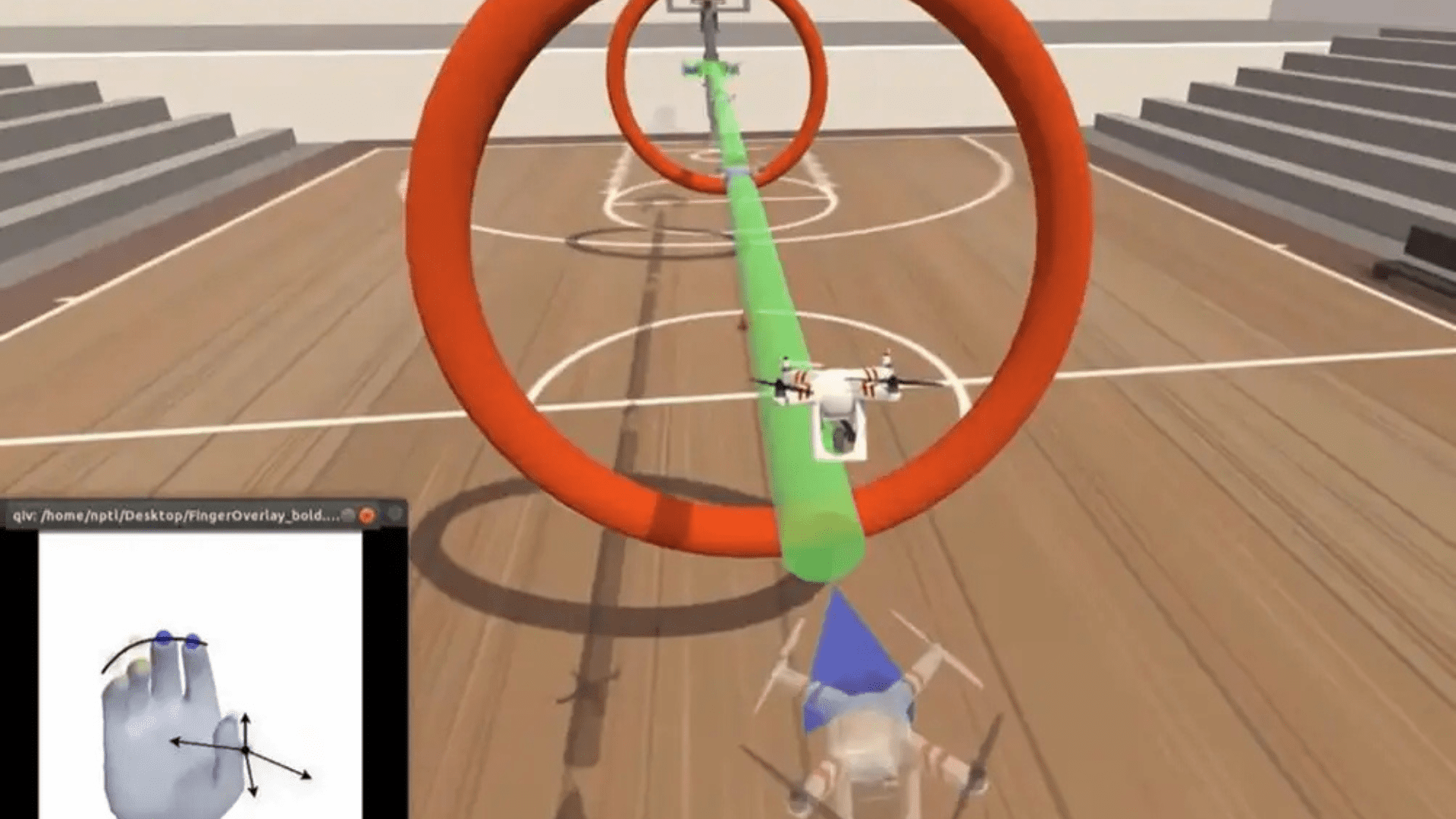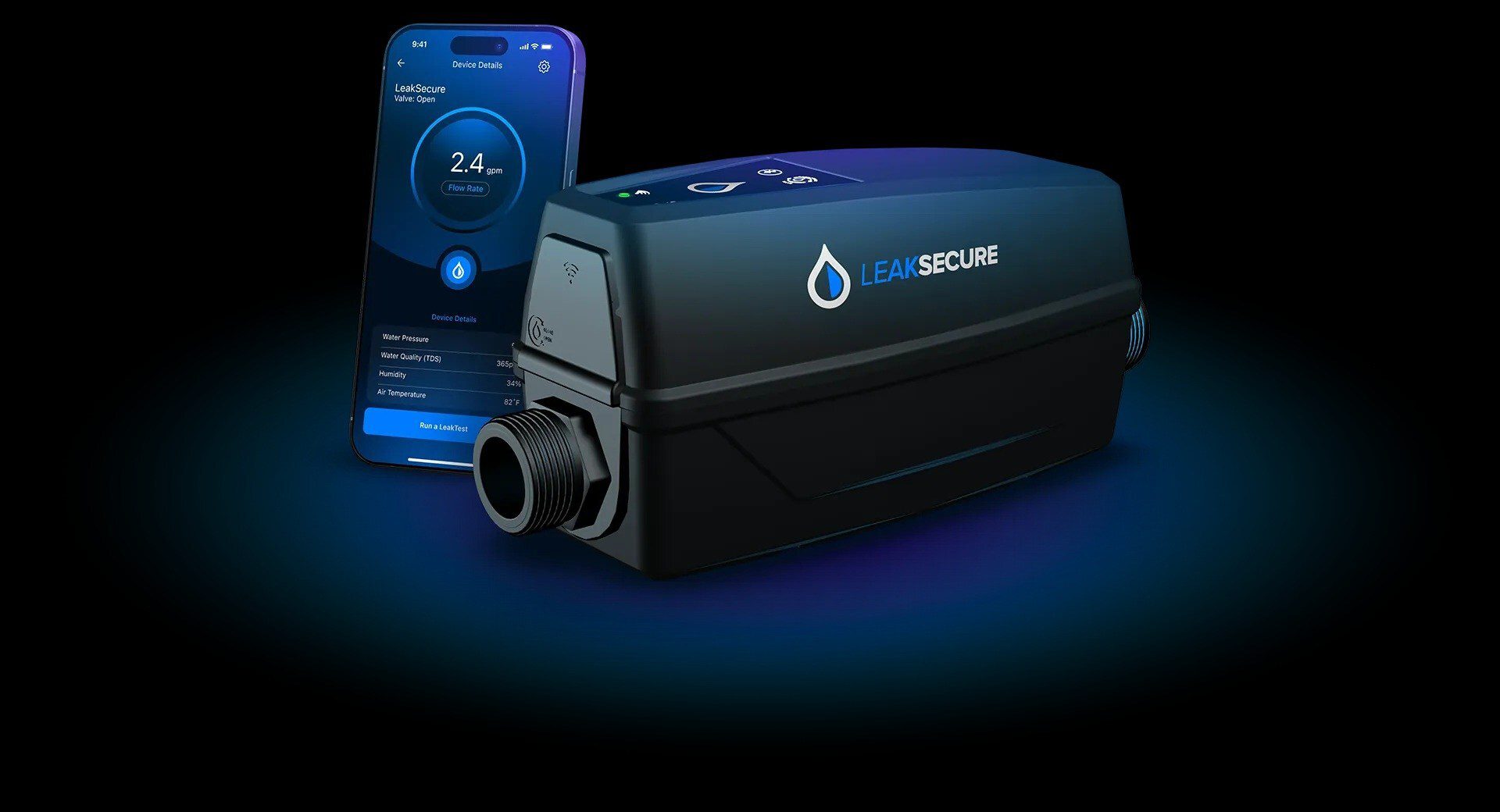A man with paralysis used his thoughts, with the help of a brain chip and AI, to fly a virtual drone. Using electrodes implanted in his brain, the man imagined moving his fingers to pilot the drone. An AI model interprets his brain signals to control the simulated drone through virtual obstacles.
Brain-Computer Interface
Brain signals are used to control a device, called a brain-computer interface (BCI). While BCI research has made great strides for people with paralysis, it still has a long way to go.
Matthew Willsey, a researcher at the University of Michigan, and his colleagues created an algorithm to trigger signals with their thoughts of moving their fingers and thumb. The anonymous man who tested their technology has tetraplegia, a condition that causes paralysis in all four limbs. He suffered this from a spinal cord injury.
The Study

The man had already been fitted with Blackrock Neurotech, made up of 192 electrodes. This technology is implanted in the area of the brain that controls hand motions.
An AI model maps the neural signals from the electrodes to the user’s thoughts. The participant learned how to think of the first two fingers of one hand moving, creating a signal that can be stronger or weaker. Then, another signal was made with the remaining two fingers and another two from the thumb.
As a result, the signals allowed the man to control the simulation drone with only his thoughts. The man could control the drone through an obstacle course with a little more practice. Willsey said the experiment could have been done with a real drone but opted for a virtual model for ease and safety.
“The goal of doing the quadcopter was really kind of shared between our lab and the participant,” said Willsey. “For him, it was the realisation of kind of a dream that he thought was lost once he suffered his injury. He had a passion and a dream [of] flying. He seemed very empowered and enabled; he would have us take videos and send [them] to friends.”
Willsey is impressed with the test and its results. However, he says much work remains before BCIs can be reliably used for complex tasks.







